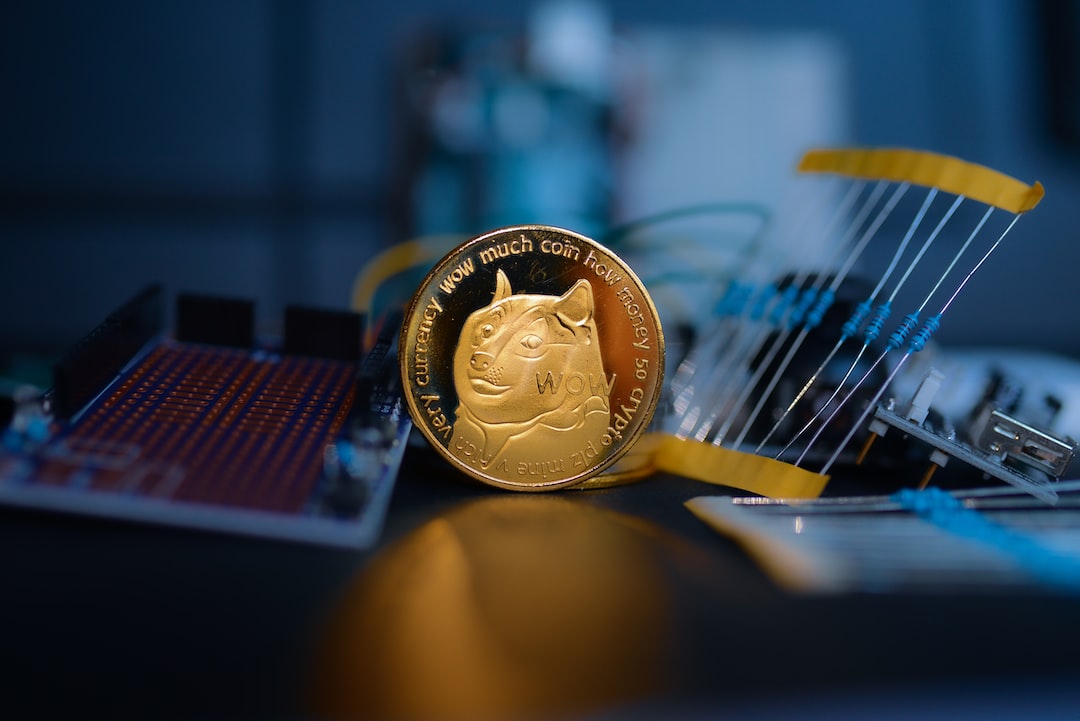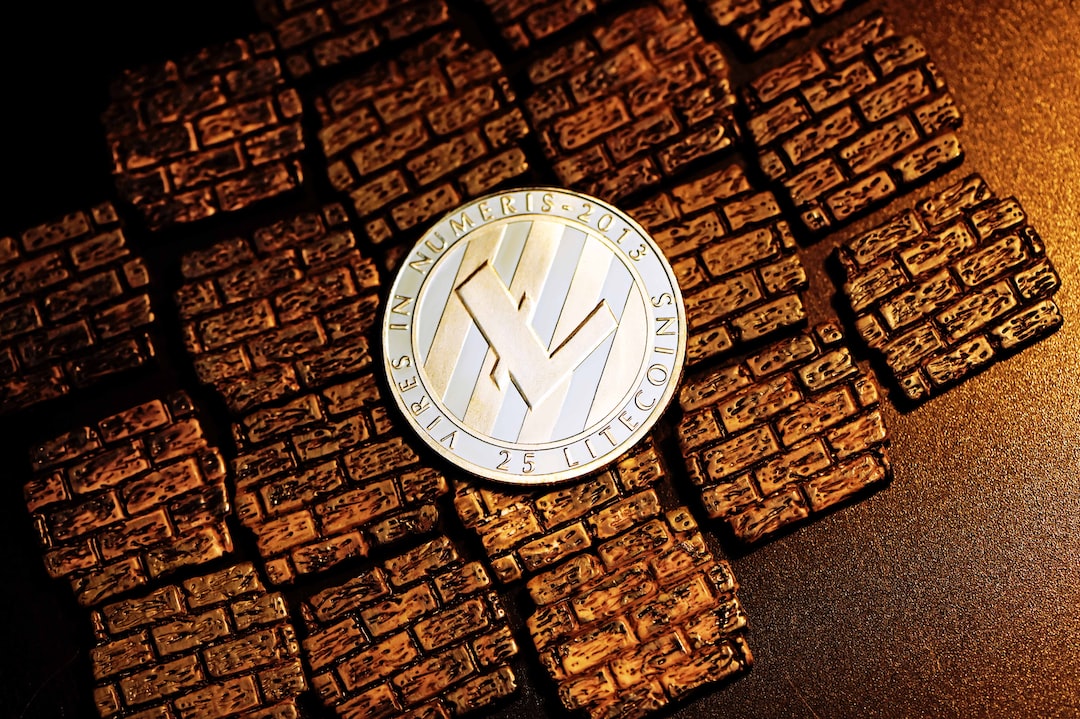OpenAI Unveils Deepfake Detector
OpenAI, a leader in generative AI, has developed a new tool to detect deepfake images. The company’s chief technology officer, Mira Murati, announced the deepfake detector at the Wall Street Journal’s Tech Live conference. According to Murati, the tool has a 99% reliability rate in identifying AI-generated images.
The rise of deepfakes has led to concerns about the spread of misleading content on social media. While some AI-generated images are harmless and fun, others can have serious consequences, such as causing financial harm. It has become increasingly difficult to distinguish between real and AI-generated images as AI technology advances.
Past Endeavors and Challenges
OpenAI previously released a text classifier in 2022 that aimed to differentiate human writing from machine-generated text. However, the tool was shut down due to a high error rate. The classifier incorrectly labeled genuine human writing as AI-generated 9% of the time.
The detection of AI-generated images is typically not automated and relies on human judgment. Enthusiasts often face challenges in identifying generative AI, such as depicting hands, teeth, and patterns. Detecting the difference between AI-generated and AI-edited images remains challenging.
Guardrails and Censorship
OpenAI is not only focused on detecting harmful AI images but also implementing guardrails to censor its own model beyond publicly stated guidelines. The company’s Dall-E tool has been found to modify prompts without notice and throw errors when generating specific outputs, even if they adhere to published guidelines.
Other major players in the industry, including Microsoft and Adobe, are also working on addressing deepfake challenges. They have introduced an “AI watermarking” system through the Coalition for Content Provenance and Authenticity (C2PA). This system incorporates a distinct symbol to indicate AI-generated content, allowing users to identify its origin.
The Need for Collaboration
While these innovations are steps towards ensuring authenticity in the digital age, they are not foolproof. Metadata carrying the AI watermark symbol can be stripped away, but Adobe has developed a cloud service to recover lost metadata. Achieving widespread adoption and effectively combating deepfakes requires collaboration among tech giants, content creators, social media platforms, and end-users.
As generative AI continues to evolve rapidly, detectors struggle to differentiate authenticity in text, images, and audio. For now, human judgment and vigilance remain crucial in combating AI misuse. Long-term solutions will require cooperation between tech leaders, lawmakers, and the public in navigating this complex new frontier.
Hot Take: Striving for Authenticity in an Era of Deepfakes
The rise of deepfake technology has brought about significant challenges in distinguishing between real and AI-generated content. OpenAI’s new deepfake detector is a promising step towards combatting the spread of misleading imagery on social media. However, it is essential to acknowledge that detecting deepfakes is an ongoing challenge that requires continuous innovation and collaboration.
With the introduction of AI watermarking systems by companies like Microsoft and Adobe, there is progress in increasing transparency and identifying AI-generated content. However, these systems are not foolproof and can be circumvented. Achieving authenticity in the digital age necessitates the joint efforts of tech leaders, content creators, social media platforms, regulators, and end-users.
As generative AI technology advances rapidly, it is crucial to remain vigilant and rely on human judgment while exploring more automated detection methods. Striking a balance between technological advancements and societal safeguards is key to navigating the complex landscape of deepfakes.





 By
By
 By
By
 By
By
 By
By
 By
By
 By
By